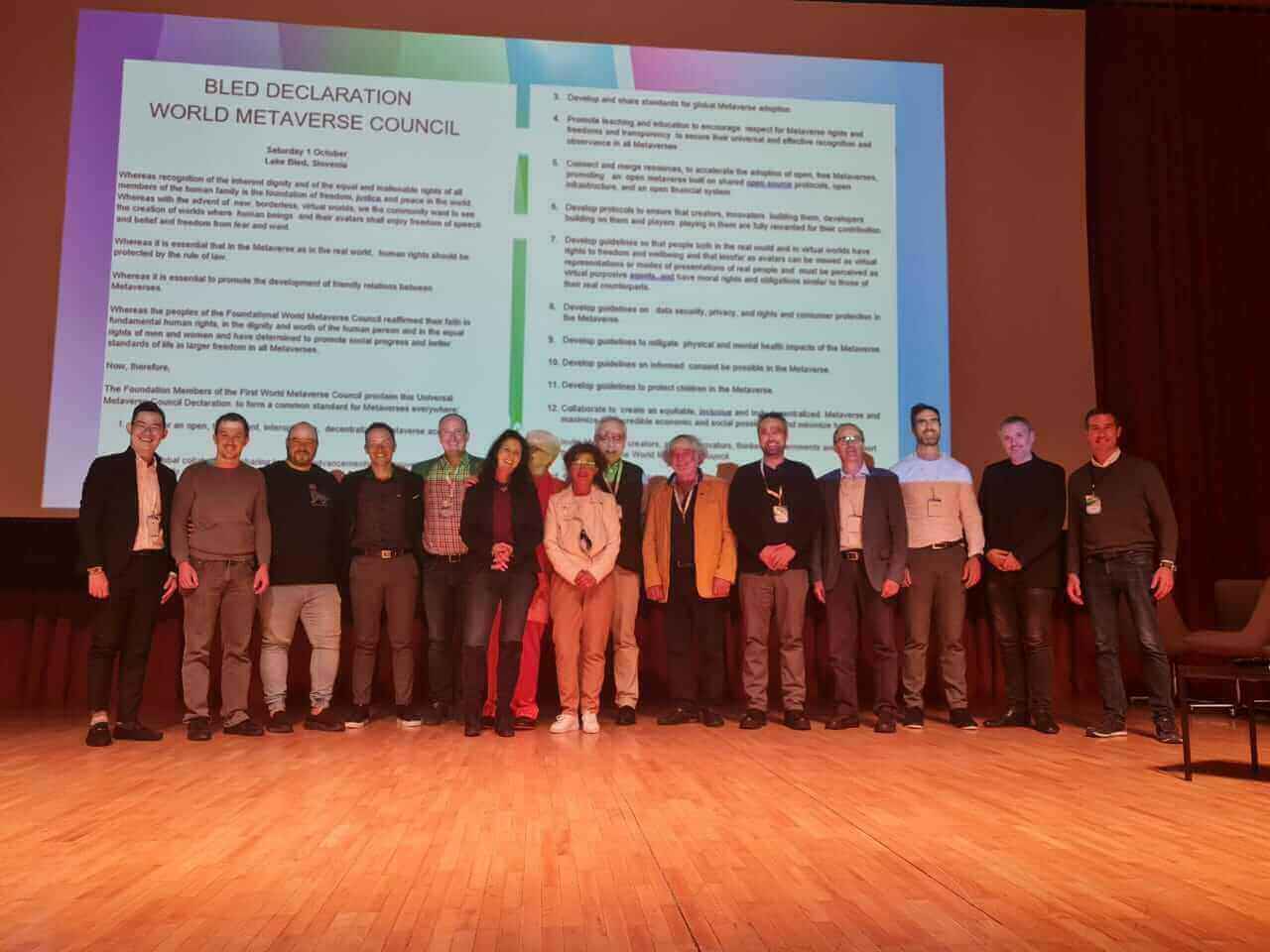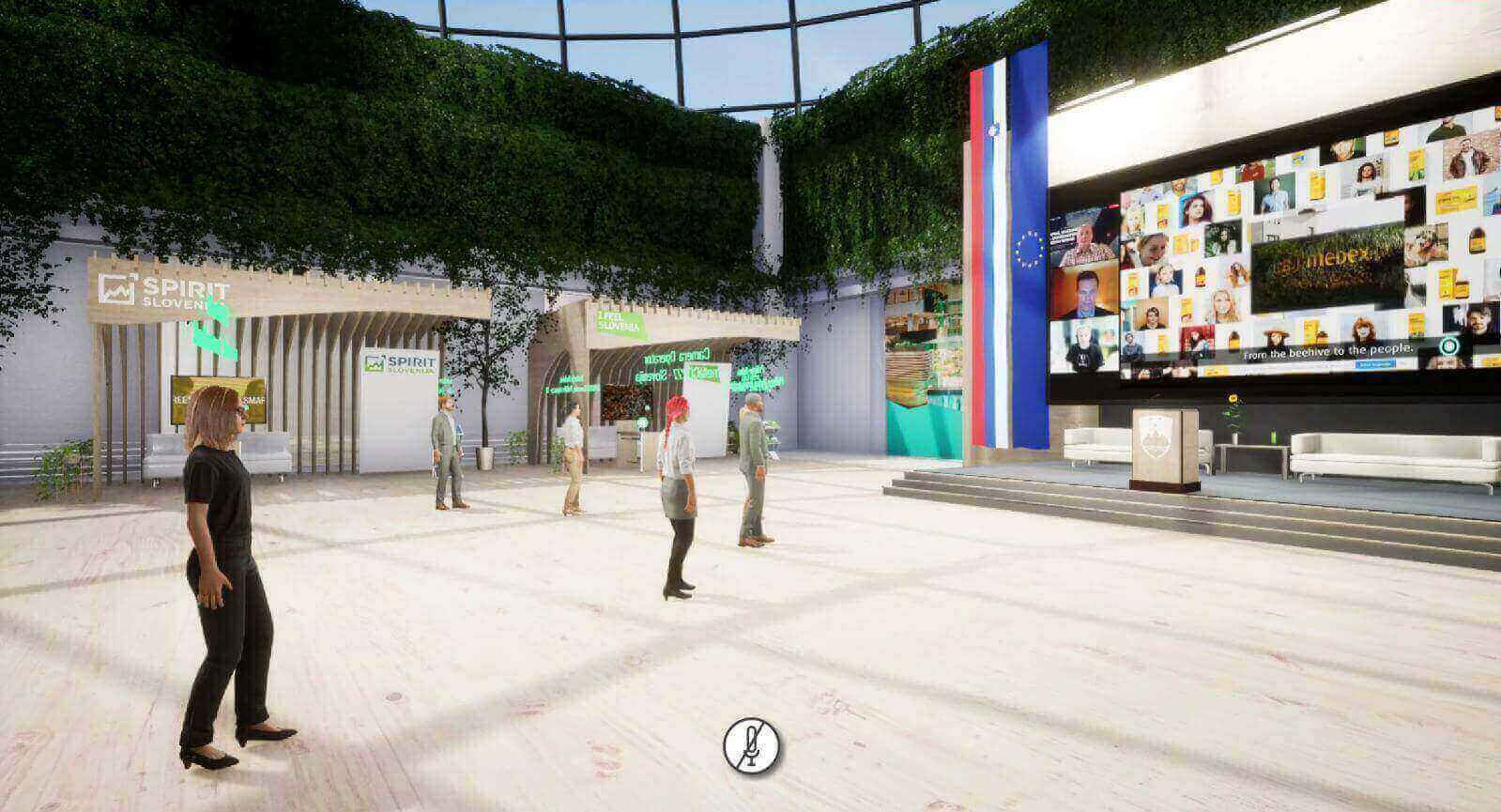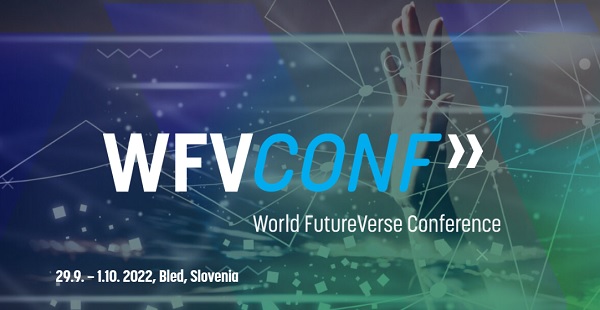Metaverse
The metaverse is a hypothetical iteration of the Internet as a single, universal, and immersive virtual world that is facilitated by the use of augmented reality (AR) and virtual reality (VR) headsets.
Augmented reality is an interactive experience that combines the real world and computer-generated content. The content can span multiple sensory modalities, including the senses of sight, touch, hearing, taste, and smell. AR can be defined as a system that incorporates three basic features: a combination of real and virtual worlds, real-time interaction, and accurate 3D registration of virtual and real objects.
Virtual reality is a simulated experience that employs pose tracking and 3D near-eye displays to give the user an immersive feel of a virtual world.
At the current stage of proto-metaverse, the virtual world can also be facilitated by flat-screen personal computers and mobile devices that do not provide the same level of immersion but are instrumental for reach, tests, and adoption.
Web3
Web3 is a new iteration of the World Wide Web which incorporates concepts such as decentralisation, distributed ledger technologies, and token-based economics.
Web1 refers to the first stage of the World Wide Web’s evolution when content creators were few with the vast majority of users simply acting as consumers of content.
Web2 refers to websites that emphasise user-generated content, ease of use, participatory culture, and interoperability (i.e., compatibility with other products, systems, and devices) for end users.
| Web 1 (1990-2003) | Web 2 (2003-now) | Web 2 (2003-now) | |
|---|---|---|---|
| Premise | Read-only content | Read and write content | Read, write, and own experiences/value |
| Construct | Centralised by company | Centralised by platforms | Decentralised by networks |
| Interaction | Static one-sided consumption | Participatory two-sided | Participatory two-sided consumption |
| Trust model | Content providers | Platform providers | Underlying technology and smart contract code |
| Monetisation model | Advertising-based | Advertising and centralised commerce-based | Advertising and decentralised commerce-based |
Source: EY
The terms decentralised organisation and distributed organisation are often used interchangeably, despite describing two distinct phenomena. JP Vergne proposes distinguishing decentralisation, as the dispersion of organisational communications, from distribution, as the dispersion of organisational decision-making.
A distributed ledger is the consensus of replicated, shared, and synchronised digital data that is geographically spread (distributed) across many sites, countries, or institutions.
Tokenomics determine two things about a token-based economy: the incentives that set out how the token will be distributed and the utility of the tokens that influence its demand. Supply and demand have a huge impact on price, and projects that get the incentives right can surge in value.
Disambiguation
The Metaverse can be built in Web2, it does not presuppose Web3. Web3 can be deployed without the Metaverse, it does not require the Metaverse.
The Metaverse can be decentralised, use distributed ledger technologies, and support token-based economics. Just like the World Wide Web is a web of decentralised sites that can be interlinked or function independently, the Metaverse will be a network of decentralised immersive virtual spaces that can be interconnected or function independently.
Most cryptocurrencies are by-products of blockchains. Blockchains have many other applications than cryptocurrencies. Blockchains are types of distributed ledger technologies. There are many other types of distributed ledger technologies.



